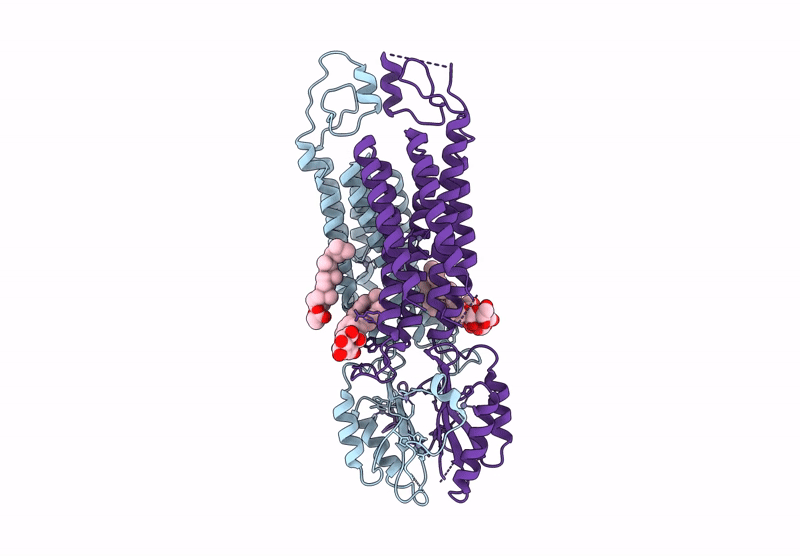
Deposition Date
2023-12-27
Release Date
2024-10-30
Last Version Date
2024-11-27
Entry Detail
PDB ID:
8XMJ
Keywords:
Title:
Cryo-EM structure of human ZnT1 WT, in the presence of zinc, determined in heterogeneous conformations- one subunit in an inward-facing and the other in an outward-facing conformation
Biological Source:
Source Organism:
Homo sapiens (Taxon ID: 9606)
Host Organism:
Method Details:
Experimental Method:
Resolution:
4.18 Å
Aggregation State:
PARTICLE
Reconstruction Method:
SINGLE PARTICLE


